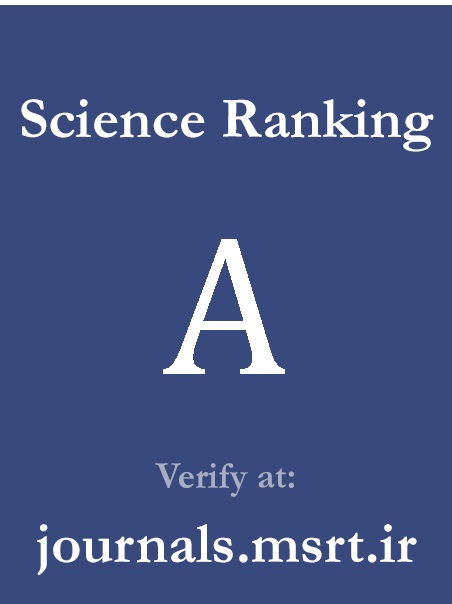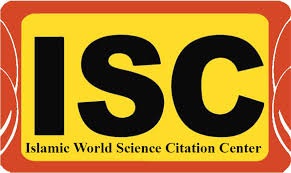Prediction of working motivation through job characteristic: the role of internal motivation, general and growth satisfaction
Keywords:
Work Motivation, job characteristic, skill variety, task identity, task significance, autonomy and feedback, internal motivation, general satisfaction, growth satisfactionAbstract
Introduction: The current research investigates the predictors of work motivation through job characteristic in staff members of educational vice chancellor of Iran’s ministry of education. Materials and Method: Data were collected from the 200 staff members by using simple random sampling method. Job diagnostic survey questionnaire (Hackman & Oldham, 1975) was employed for assessment of job characteristics and Work Motivation and Job Satisfaction Scale (WMJSS) were used for assessing participants Motivation toward work tasks. Results: Findings revealed that there is a positive and significant relationship between job characteristics and working motivation. The multiple regression results also revealed that Working Motivation is significantly predicted by job characteristic. Also all job characteristics sub variables includes skill variety, task identity, task significance, autonomy and feedback were meaningful predicators of work motivation, internal motivation, general satisfaction and growth satisfaction. The highest variance is explained by skill variety and the lowest by autonomy. Conclusion: Teachers and staffs who were satisfied with their job had high motivation for working properly and vice versa.










